Sightseeing Spots
Search Results314
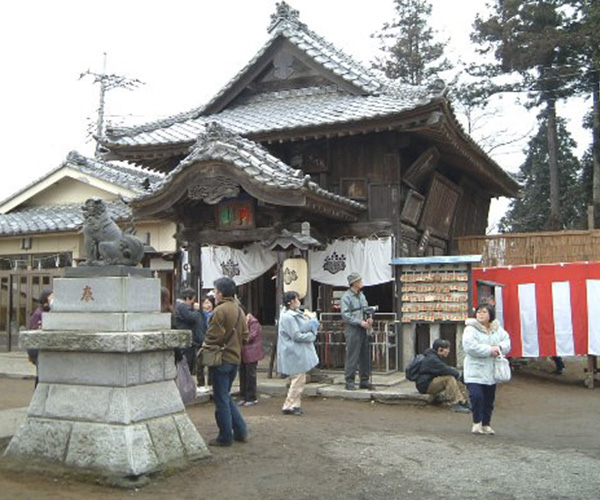
The shrine's beginnings trace back to when samurai warlord Hatakeyama Shigetada offered a statue of an ogre (oni) holding an iron rod as protection against ogres during the construction of Sugaya Yakata. One of the few shrines in Japan that worships "ogres" (oni), they celebrate Setsubun every year on February 3rd with an unusual chant: "Fuku wa uchi, Oni wa uchi, Akuma soto" (In with good fortune and the ogre, out with evil spirits). It is also known as the shrine of the God of Victory, and many soldiers came to pray for good fortune during the war.
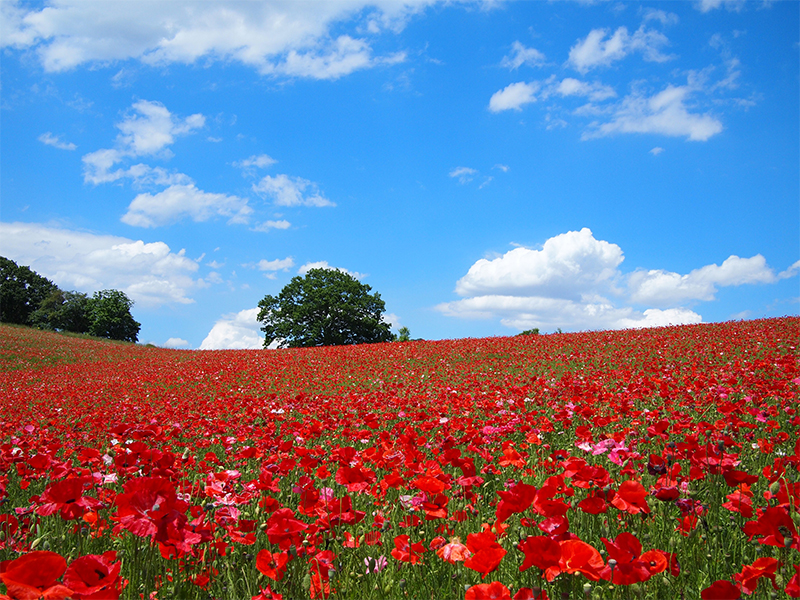
About 12 million poppies bloom in full on this vast slope 500 meters above sea level. The contrast between the red poppies and clear blue sky is a sight to behold. Coinciding with the peak bloom season, the "Poppies in the Sky" (Tenku no Poppy) event is held here, and local gourmet food and specialty products are available for sale. A temporary parking lot is also made available. We hope to see you there!

This is the largest poppy flower field in Japan, spanning about 12.5 hectares. At the Poppy Festival in mid-May, you can enjoy refreshments, regional vegetables, and of course, flower picking! The view of Mt. Fuji from under the Onari bridge by the Arakawa river, where the field can be found, is known as one of the best views of Mt. Fuji. A truly spectacular and scenic view of red, pink, and orange poppies blooming all around you.
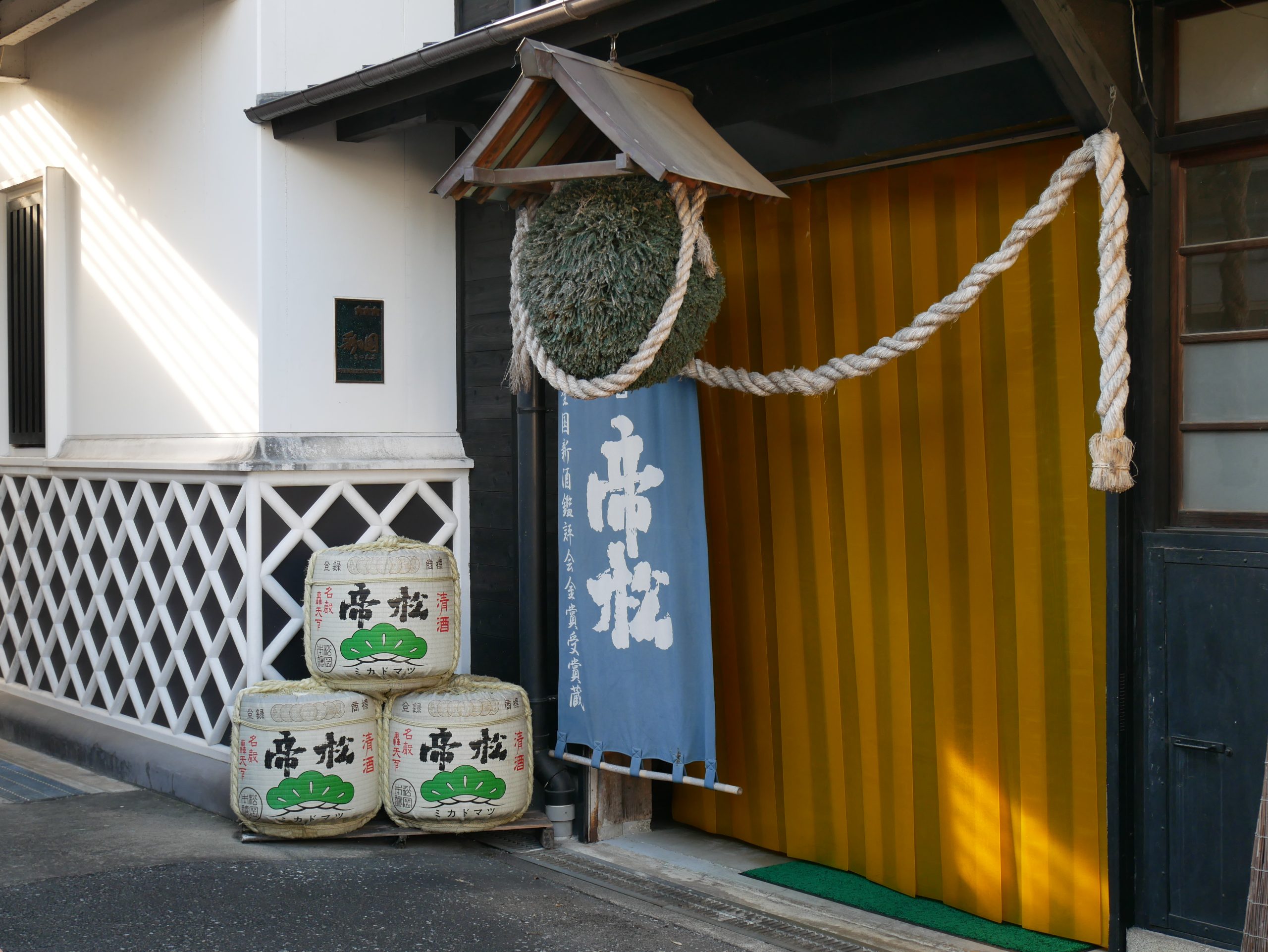
A brewery which holds a prefectural record for winning the gold medal at the Annual Japan Sake Awards for 8 consecutive years. Matsuoka Brewery originated when first generation brewer Matsuoka Emon, in search of higher quality water, moved his brewery from Niigata to Ogawamachi. The brewing water sourced from the Chichibu mountains has a higher concentration of minerals, pumped from a source 130 meters underground. At our brewery tour (reservation required), visitors can view the brewing warehouse, learn about the sake brewing process and enjoy a sake tasting. The Daiginjo (super premium sake) ice cream available at the brewery direct sales shop is a hit with children and adults alike. There is also a brewery restaurant, “Shofuan,” adjacent to the facility.
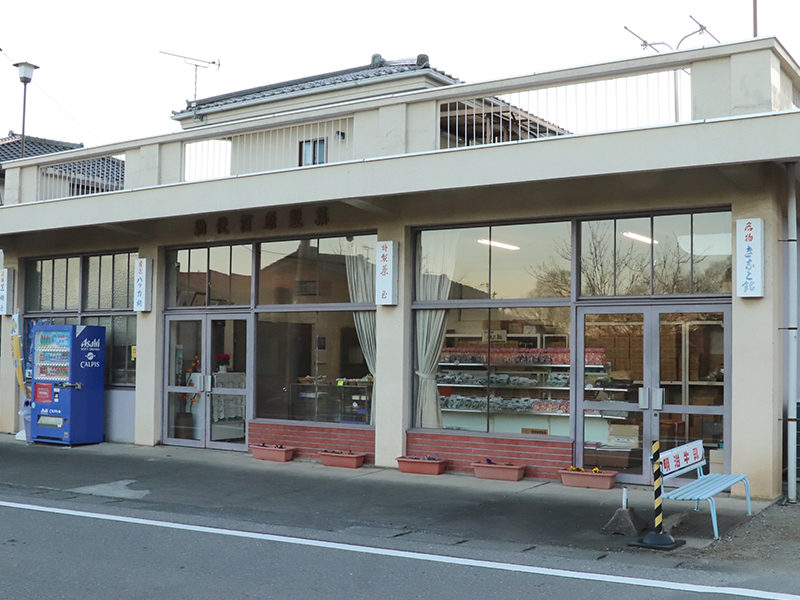
A long-established candy and confectionary manufacturer and distributor founded in 1864. “Chichibu Ame" (candy) is meticulously handcrafted the traditional way using carefully selected ingredients while retaining their original flavor and umami. Almost all of the products are additive-free, making it safe to eat for people of all ages.
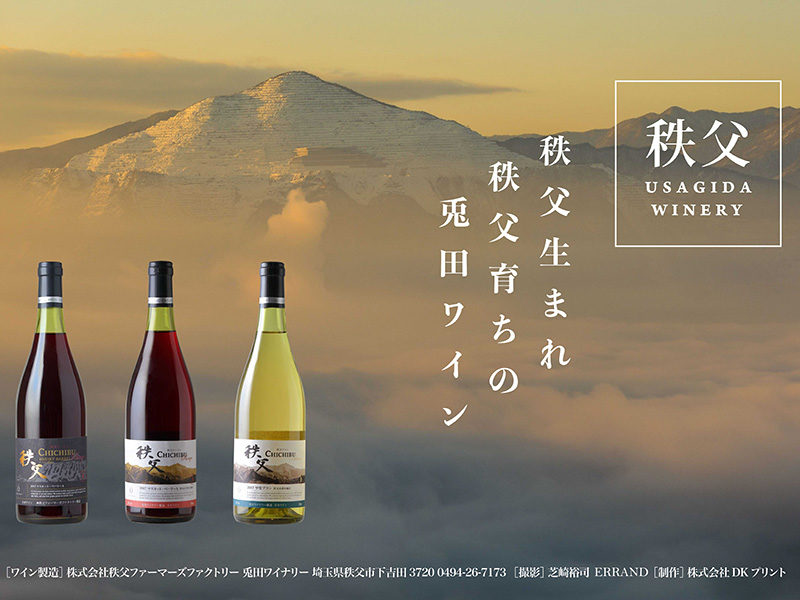
Tours of the wine factory and vineyard, free samples and sale of wines at the in-house direct sales store, and meals at the company-owned restaurant (business days specified) are available.
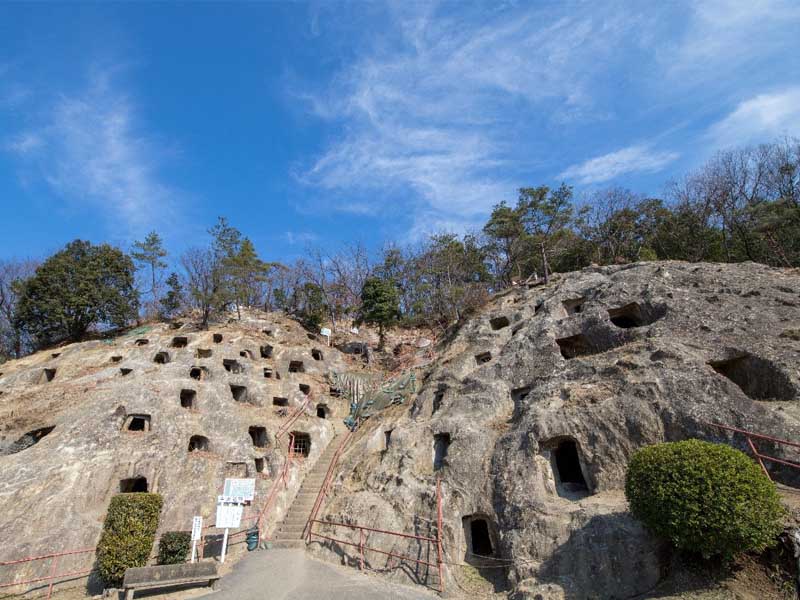
The Yoshimi Hundred Caves are a mysterious group of horizontally carved rock tombs created at the end of the Kofun period (late 6th to 7th century), and designated a national historic site in 1918. There are 219 holes confirmed in total, and the tombs represent Yoshimi Town with their significance. Each hole is divided into a narrow passage and a burial chamber, and the protected species, luminous moss, also known as goblin gold, can be found growing in the tombs.
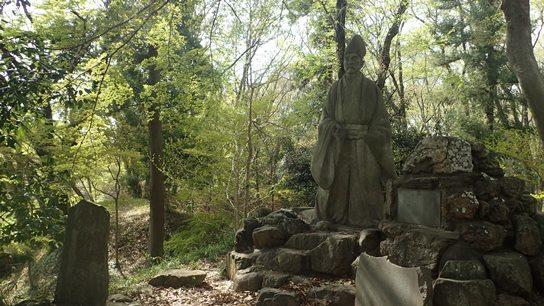
Our building is located on the historical site of the Kamakura period samurai palace “Sugaya-yakata” which transitioned to the castle “Sugaya-jō" during the Sengoku period. Opened in April of 1976 as the Saitama Prefectural Historical Data Museum, the museum was later relaunched on April 1st, 2006 for reorganization and maintenance of the prefectural museum facility. Focus was given to the collection, storage, and conducting of research on archaeological materials related to the Sugaya-yakata sites and medieval historical sites such as medieval castle buildings, and to utilize these materials for the development of education, learning, and culture. At that time, the name of the museum was changed to its current name. (For more information regarding the facility, please refer to the URL below.)
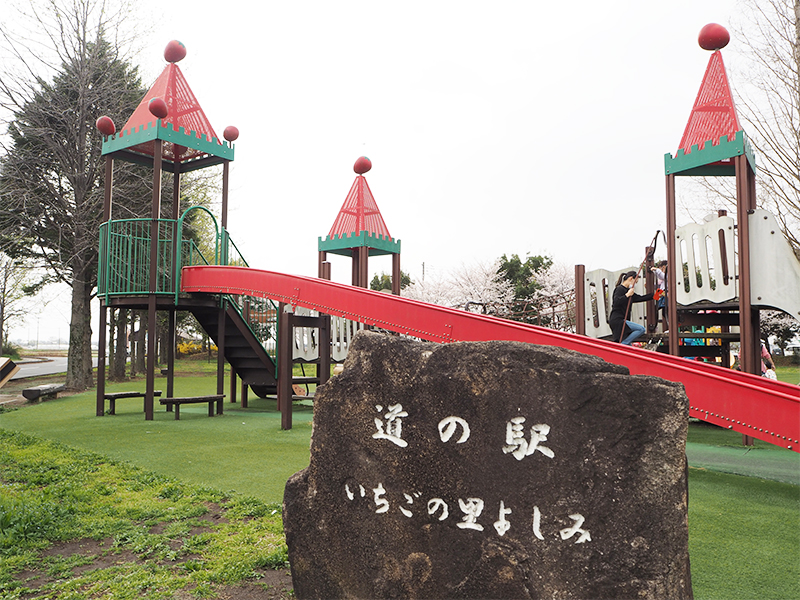
This roadside station, with a play tower designed to resemble a strawberry castle, is easy for families to stop by. Goods such as fresh dorayaki made from Yoshimi grown strawberries are available for purchase. It is also a popular place to take a break and enjoy a delicious soft-serve ice cream.
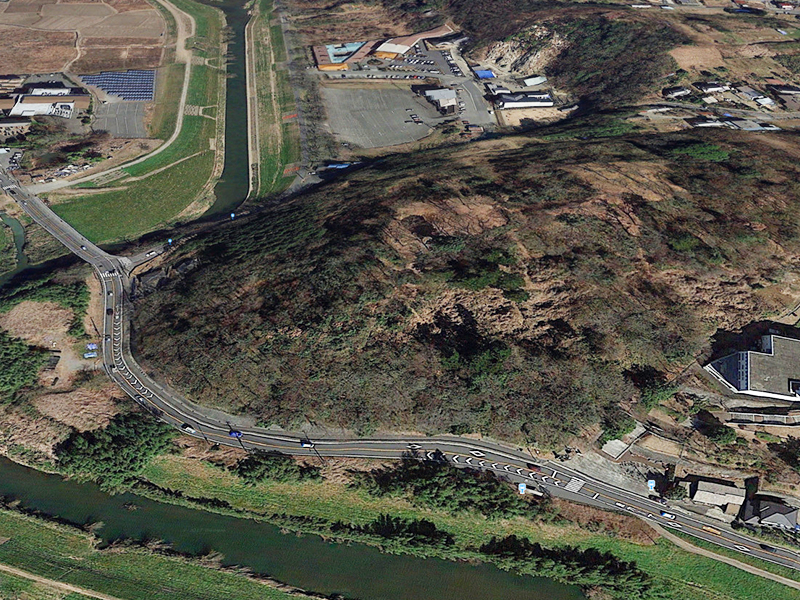
Matsuyama Castle Ruins, built at the top of the Hiki Hills, is one of the most prominent flat mountain castles in the Kitamusashi region and was designated a prefectural historic site in 1925. In 2008, it was added to the Hiki Castle Site Group, alongside the already designated Sugaya Yakata ruins (Ranzan Town), Sugiyama Castle ruins (Ranzan Town) and Ogura Castle ruins (Tokigawa Town, Ranzan Town, and Ogawa Town). The castle is surrounded by a low marshy area formed by the Ichino River, creating a natural fort.
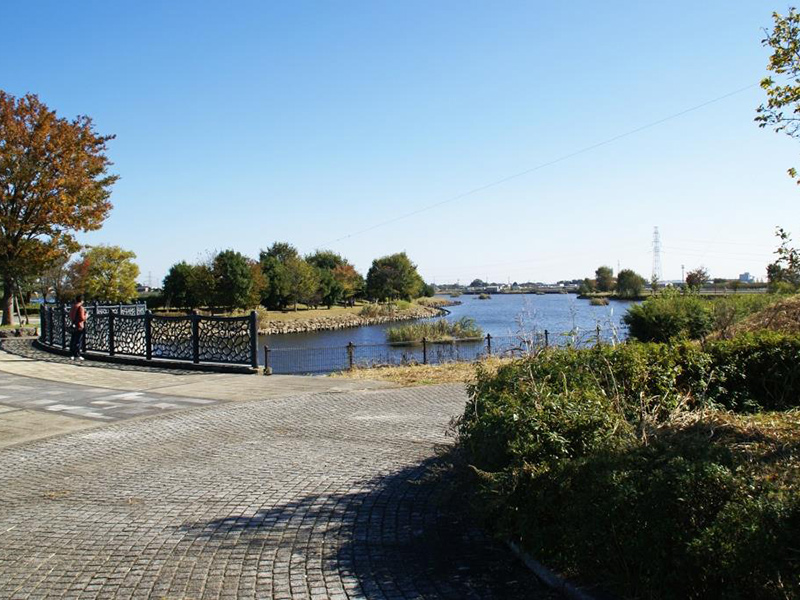
These marshes have been made more visitor-friendly through improving the habitat (biotope). A well-loved fishing spot, many people come to fish throughout the year.
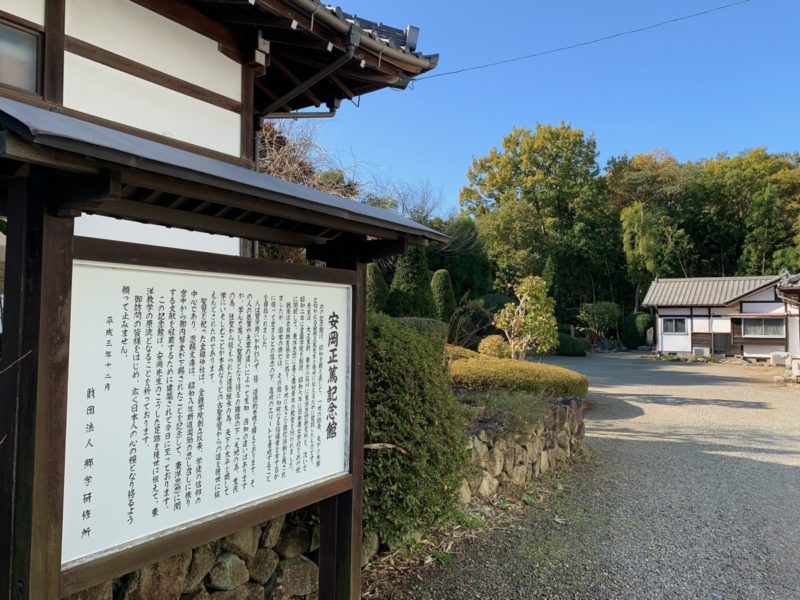
In 1970, the “Gogaku Kenshujo Foundation” (village school training institution) was established on the site of the “Japan Agricultural Teachers' School,” founded by Dr. Masahiro Yasuoka in the early Showa period. In 2012, the foundation was officially named the “Foundation for Gogaku Training Institute and Masahiro Yasuoka Memorial Museum” to carry on the tradition of the Japan Agricultural Training School and to promote Gogaku (village schools), as well as to pass on to future generations the much needed teachings and anthropology of Dr. Masahiro Yasuoka.
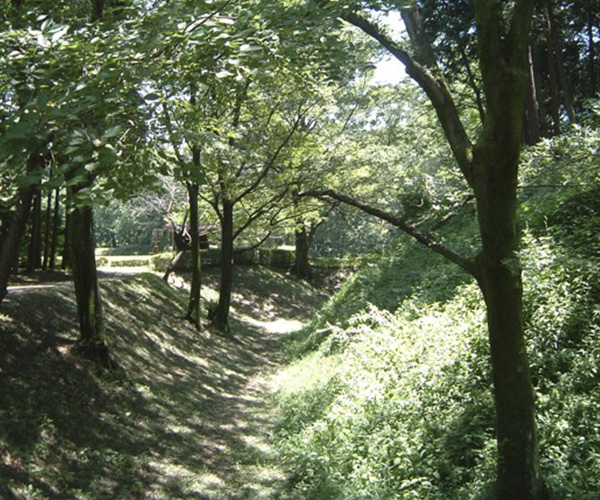
Overlooking the Toki River to the south is the historic castle ruins site "Sugaya Yakata" (designated a national historic site), said to be where samurai warlord Hatakeyama Shigetada built his mansion in the early Kamakura period (1185-1333), and inside of which exists a museum dedicated to the historic remains of Ranzan Town. The area is also known for its native Mountain Lily (yamayuri), in peak bloom in July. There are also plum and cherry trees. Ranzan Town is home to two of Japan's 100 most famous castles, and together with "Sugiyama Castle," "Sugaya Yakata" was selected for this honor on April 6th, 2017.
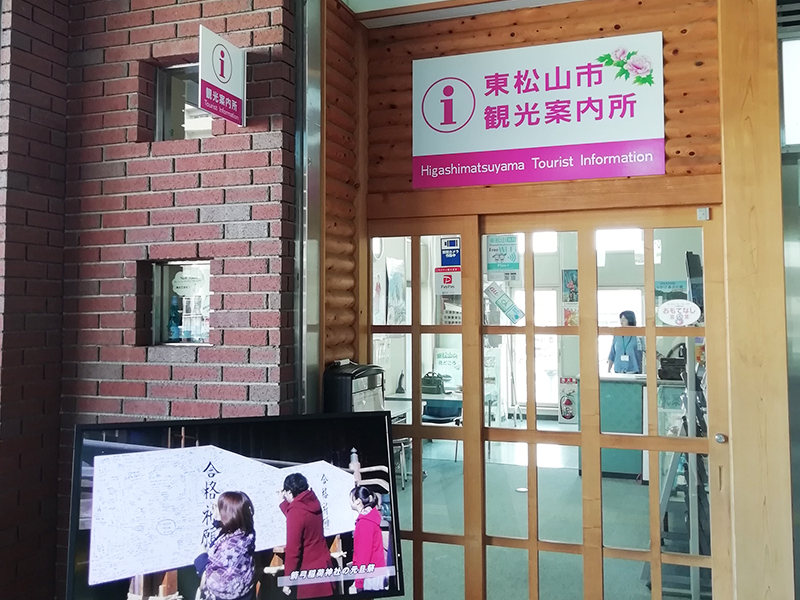
This tourist information center is located on the second floor of the station building adjacent to Higashi-Matsuyama Station. Here you can find pamphlets on sightseeing spots and city events, walking maps, and more. City mascot character goods and other local specialty goods are also available for purchase. A pamphlet rack is located in front of the ticket gates of Higashi-Matsuyama Station, allowing you to easily grab what you need on your way to the train.
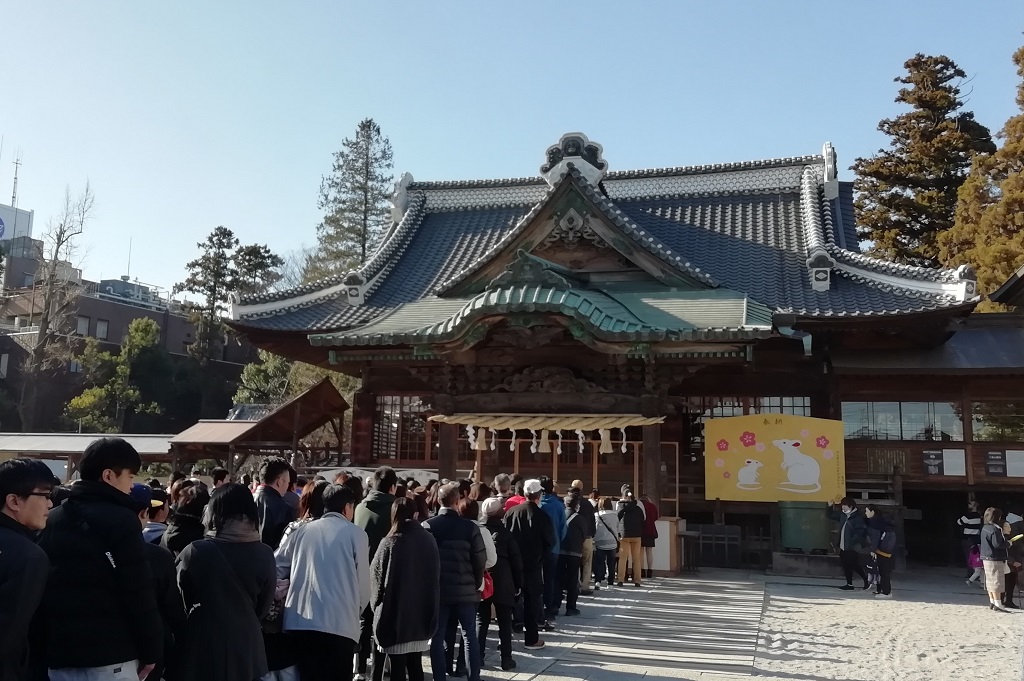
It is said that Minamoto no Yorinobu, on his way to defeat Taira no Tadatsune in the Heian period (794-1185), had a dream that a god on a white fox gave him a bow and arrow, aiding his win in the battle, thus spurning him to establish this shrine out of gratitude. Yakyū Inari Shrine is designated as a prefectural cultural property for its gongen-zukuri style, with highly sophisticated carvings on the interior and exterior of the building. Known for the god of good harvest, prosperous business and the arts, and most notably as the god of victory, many baseball players visit the shrine to pray due to the shrine being named "Yakyū" (baseball). The peony gardens are at peak bloom alongside wisteria and azaleas during mid-April.
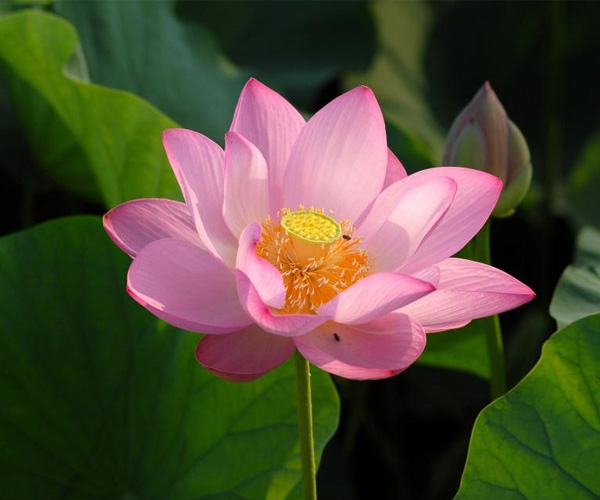
Around 200 flowers bloom here during peak season. Based on analysis, this is an ancient variety of the lotus flower, and while the exact age cannot be determined, it is estimated to be a variety from the Heian period, around 1,200 years ago. The best time to see them is around early to late July, when the flowers begin to bloom at around 5AM. Since the pond is located in the middle of a residential area, please keep quiet when visiting.
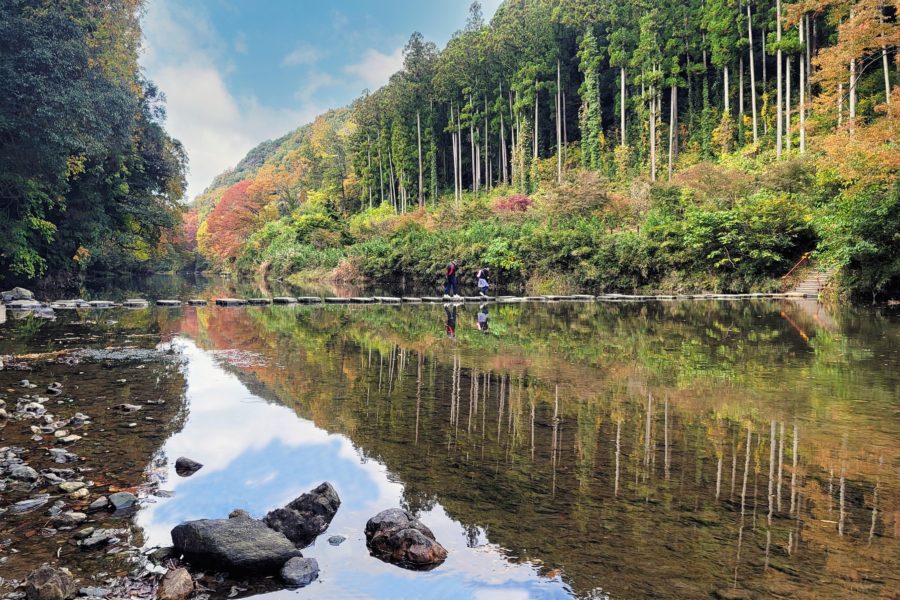
Ranzan Valley is one of Saitama Prefecture's famous scenic spots known for the Iwadatami rock terraces, the clear streams of the Tsukikawa River, and the heavily wooded natural environment. The Hosokawa area has a particularly unique peninsula-like topography, where a large river channel turns at a sharp 180 degree angle. The valley and surrounding Japanese red pine forests are a stunning sight! When Dr. Seiroku Honda, the first person in Japan to hold a Ph.D. of forestry, visited the area, he noted its great similarity to the landscape of Arashiyama in Kyoto, and referring to it as the "Arashiyama of Musashi Province," provided the origin of the name "Ranzan," another way to read "Arashiyama." In the summer, one can enjoy the fresh green and sounds of babbling brooks and chirping birds, in just an unbelievable one hour distance from the metropolis. In autumn you can also enjoy the reflection of the leaves on the surface of the water emphasized by the fiery red of the momiji maple trees. *Peak season for autumn leaves is mid-November to early December.
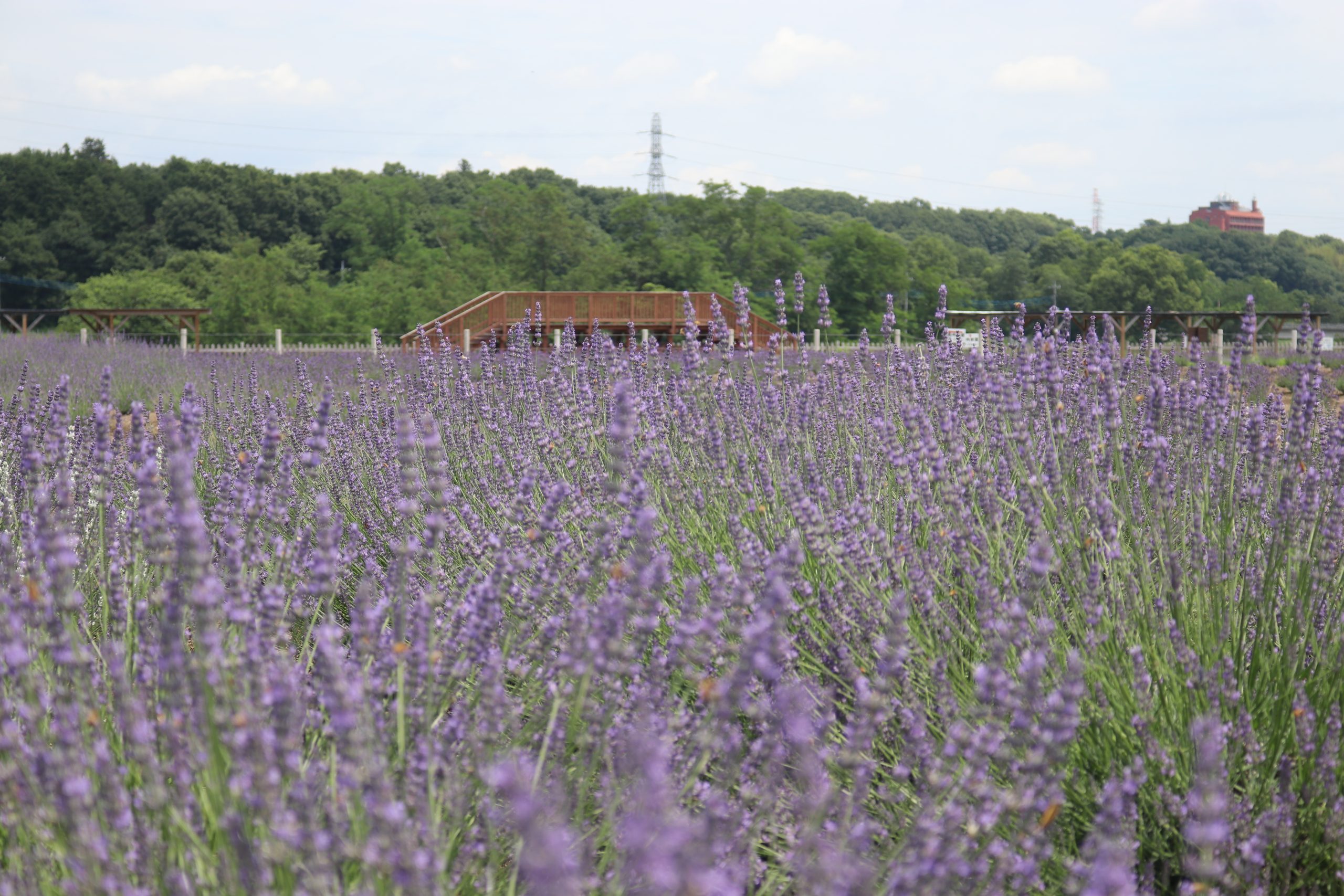
The Sennen no Sono Lavender Field spans approximately 6.5 hectares and boasts around 22,000 lavender plants including over 10 different lavender varieties, such as Grosso (French), Hidcote (English), and Avonview (Spanish). In late May, visitors can enjoy the enchanting sight of red, pink, and white poppies blooming alongside early-blooming lavender. By mid-June, a portion of the field transforms into a golden sea of wheat known as "Nourin 61," and towards the end of June, visitors can witness the spectacle of wheat harvesting. The annual Ranzan Lavender Festival takes place from early to late June, offering a wonderful opportunity to experience the beauty of the lavender field. *Please note that access to the fields is restricted after the festival as they undergo harvesting.
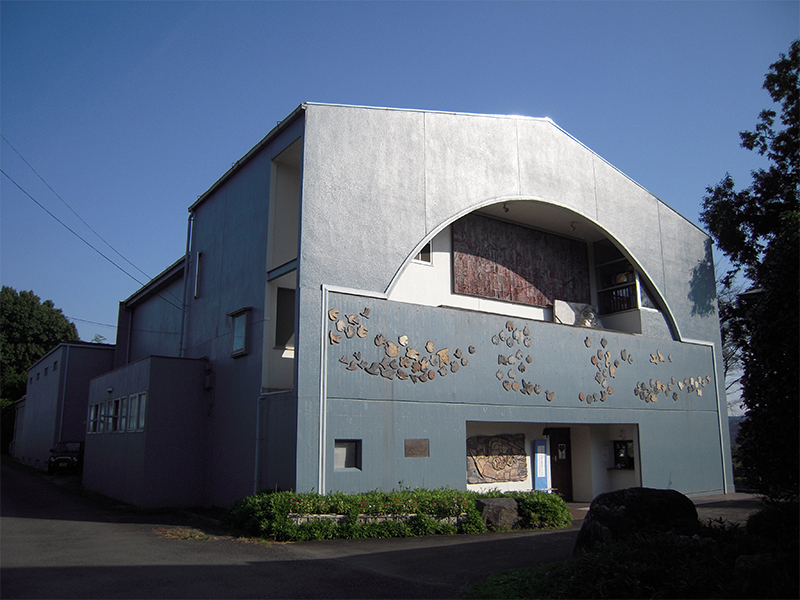
Maruki Gallery for the Hiroshima Panels was built by the collaborative husband and wife artists, Toshi and Iri Maruki, to create a place to exhibit their work "The Hiroshima Panels," 15 panels depicting the effects of the atomic bombings of Hiroshima and Nagasaki. In 1966, they moved to Shimogarako, Higashimatsuyama City, opened the Maruki Gallery for the Hiroshima Panels the following year, and then spent more than 30 years completing all 15 panels. The museum also holds special themed exhibitions, lectures, concerts, and other events on the theme of life and war.

This is a unique factory tour facility where you can have fun learning about the world of sweets! You can observe the manufacturing process of Pocky and Pretz up close, learn about chocolate in a fun way, enjoy a quiz tour, see the museum zone where 1500 toys are exhibited, and even take part in a workshop to make your own sweets! This is a spot for not only children but also adults to enjoy through a wide variety of hands-on experiences!
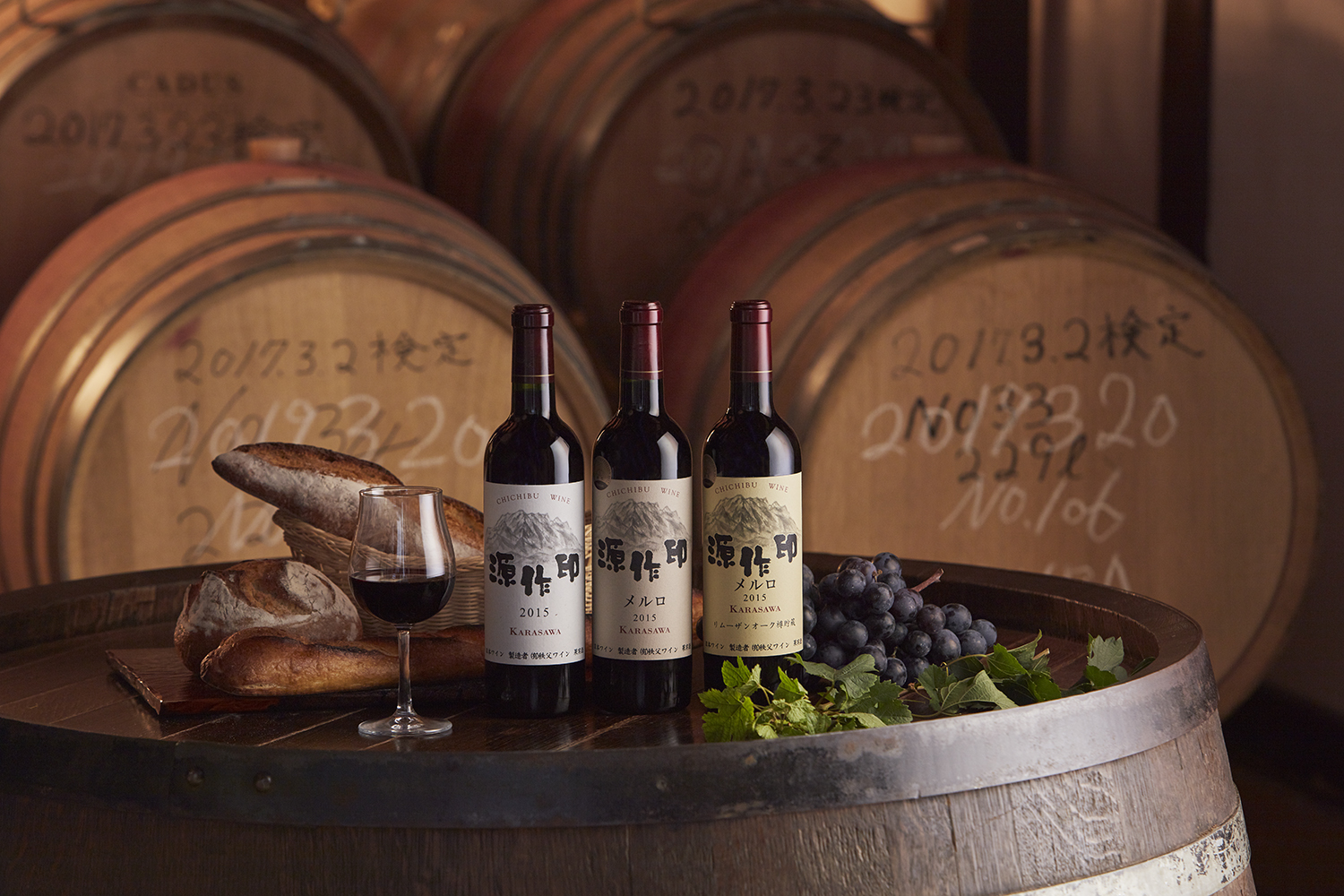
Founded in 1940 by Gensaku Asami, Chichibu Wine is the oldest winery in Saitama. Known for its award-winning wines and deep local roots, it gained early recognition when a French priest compared its wine to Bordeaux. Visitors can enjoy tastings and learn about the winemaking process on-site.
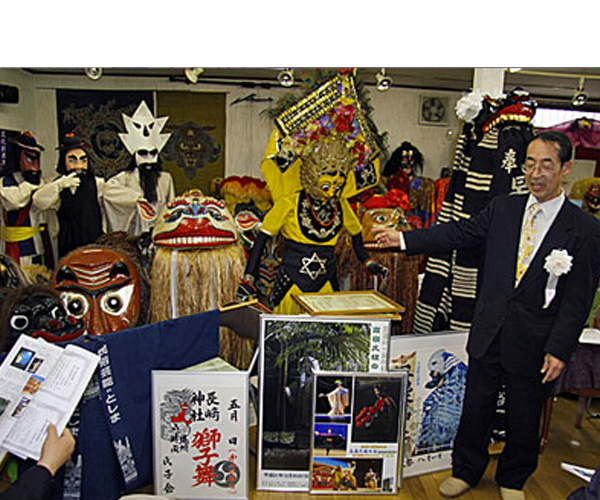
This is a private museum exhibiting ’Shishimai' (traditional lion dance), featuring authentic lion masks, costumes, documentation, performance videos from all over the country and local toys related to the lion.

Atarashii Mura, or The New Village, is an agriculture-themed tourist facility. There is a market in the facility called "Mori no Ichiba Yui" that sells fresh vegetables produced by the local farmers of Atarashii Mura. There is also a cafe called "Mori no Cafe," where visitors can enjoy a drink or light meal. Lastly, at the facility, "Noh no Ie," they host hands-on experiences and lectures on agriculture and food, offer facility rentals, and have an herb garden of more than 100 different species where hands-on harvesting experiences for lavender and mint are available. They also grown their own rice, a popular product.
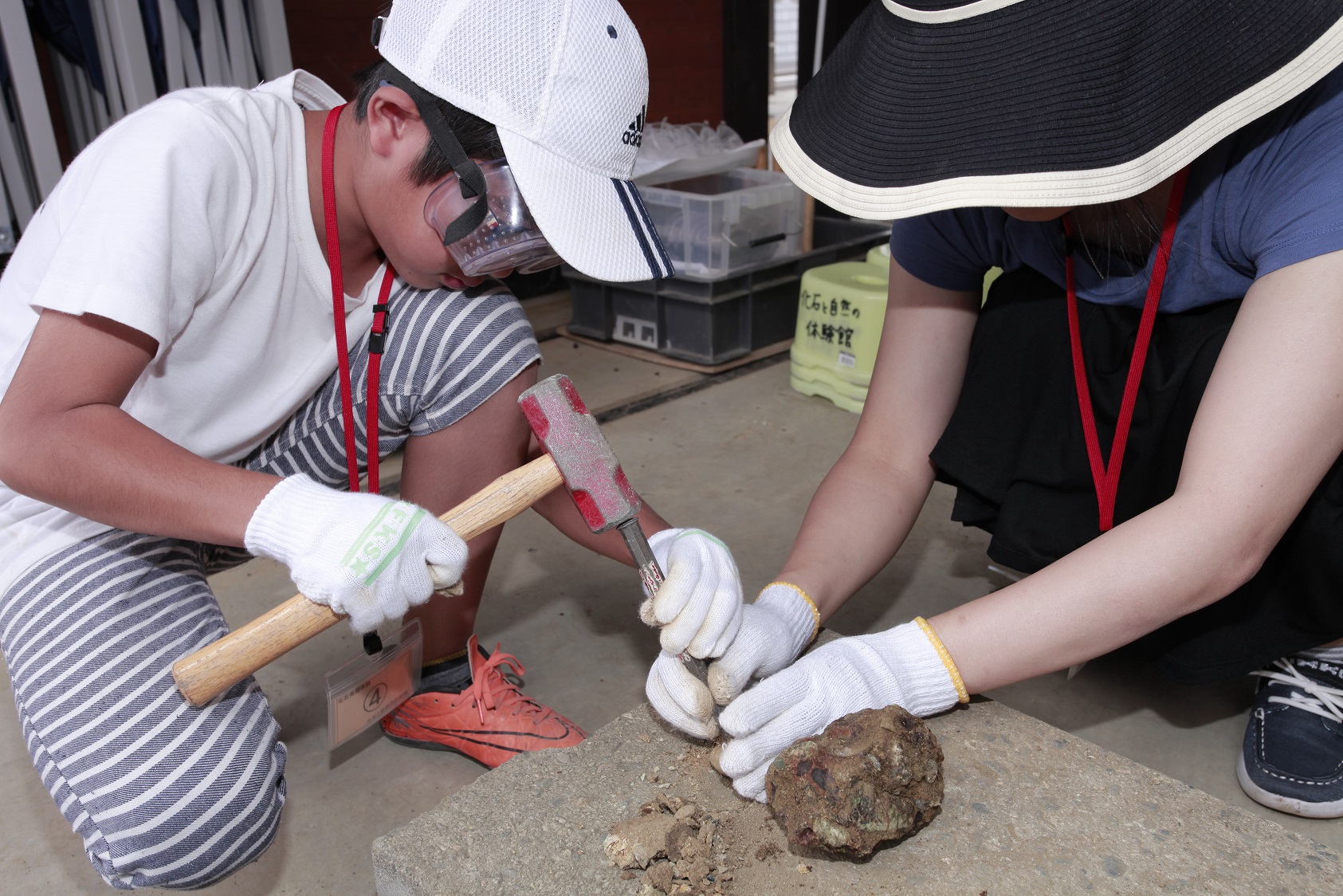
The Iwadonokyūryō (rocky hills) around this experience center are comprised mainly of the Toki River layer group, strata accumulated in the sea 10 to 15 million years ago, which contain a wide range of fossils. This experience center is the only facility in the prefecture where visitors can experience digging up fossils, such as shark teeth, from 15 million-year-old conglomerate rock. Together with the lecturer, challenge yourself to dig up fossils using a sieve, hammer and chisel! Most of the fossils you find can be brought home, with some exceptions. Since the fossil digging takes place inside the facility, activities can be enjoyed even on rainy days.
This site uses cookies to improve the user experience. If you continue to browse, you consent to the use of cookies on this site. Accept
CONTACT
